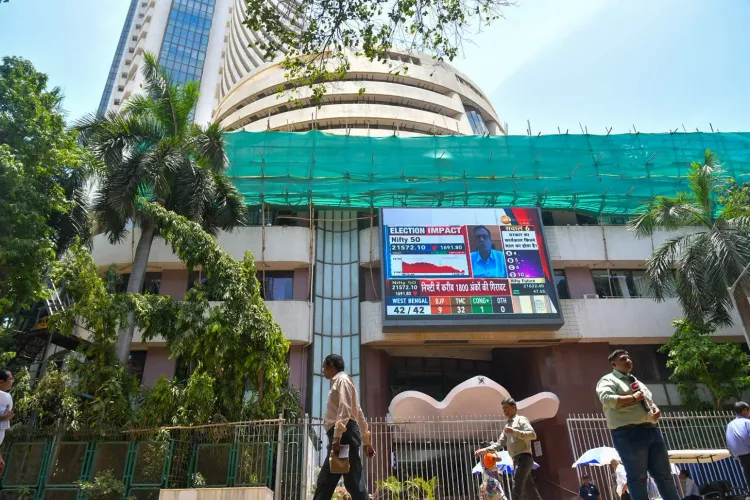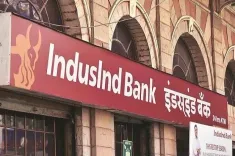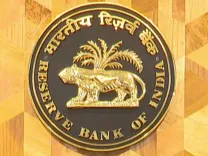Why is the Indian stock market surging with a 540-point jump?

Synopsis
Key Takeaways
- Sensex closed at 82,726.64, up 539.83 points.
- Strong performance in banking, financial services, automobiles, and healthcare.
- Global optimism due to US-Japan trade pact.
- Rupee traded around 86.40 against the dollar.
- Attention shifts to upcoming U.S. interest rate decision.
Mumbai, July 23 (NationPress) The Indian stock market concluded positively on Wednesday due to significant buying in the banking, financial services, automobile, and healthcare sectors, fueled by optimistic global sentiment surrounding the US-Japan trade agreement.
The Sensex wrapped up at 82,726.64, climbing 539.83 points or 0.66%. The 30-share index opened strongly at 82,451.87, compared to the previous session's close at 82,186.81. It further surged to an intraday peak of 82,786.43, driven by interest in major stocks like Tata Motors, Bharti Airtel, and ICICI Bank.
The Nifty 50 finished at 25,219.90, gaining 159 points or 0.63%.
“The day showcased impressive performances across crucial sectors such as Banking, Financial Services, Automobiles, Healthcare, and Information Technology. However, there were some declines in Realty, Media, Consumer Goods, and Metals, indicating a sectorally divided market,” stated Ashika Institutional Equities in a report.
Globally, investor confidence surged with positive news regarding the US-Japan trade pact, raising hopes for upcoming international agreements.
Leading gainers from the Sensex included Tata Motors, Bharti Airtel, Bajaj Finance, Maruti Suzuki, Bajaj FinServ, HDFC Bank, ICICI Bank, Eternal, Asian Paints, and SBI. In contrast, Hindustan Unilever, Infosys, and Ultratech Cements ended in the negative.
Additionally, 37 stocks advanced while 13 declined on the Nifty50.
Sector-wise, Nifty Bank rose by 454 points or 0.80%, Nifty Auto increased by 203 points or 0.85%, and Nifty IT climbed 92.60 points or 0.25%. However, Nifty FMCG saw a decline.
Broader indices reflected the upward trend as well. Nifty Net 50 gained 159 points, Nifty 100 rose 0.55% or 142 points, and Nifty Midcap 100 ended the day up 203 points or 0.34%. Meanwhile, Nifty Smallcap 100 remained stable.
The rupee traded flat, fluctuating in a narrow range near 86.40, with a slight movement of 0.01% against the dollar. The dollar index also stayed steady around 97.40 as markets awaited further developments.
“Domestic capital markets improved by 0.65%, while Fed Chair Powell’s recent address kept the dollar within a bound range. Attention now shifts to next week’s U.S. interest rate decision, which is anticipated to be a crucial directional influence. The rupee is expected to trade between 85.80 and 86.70,” noted Jateen Trivedi of LKP Securities.









